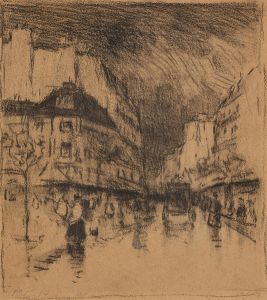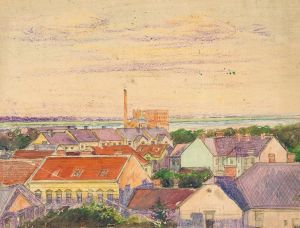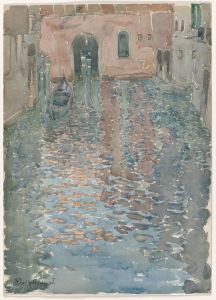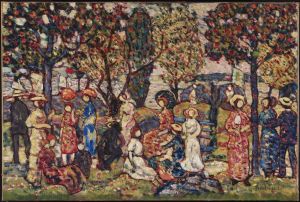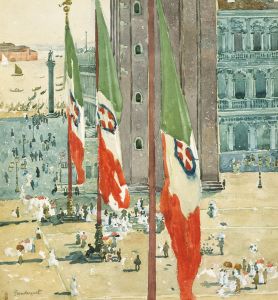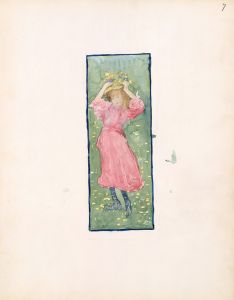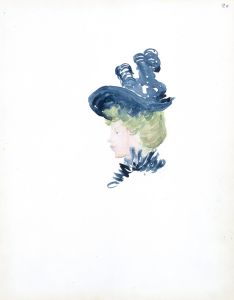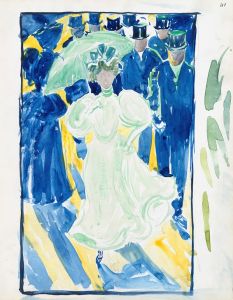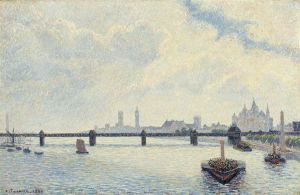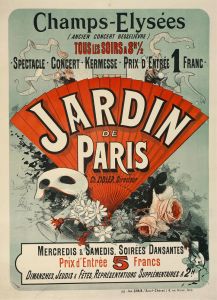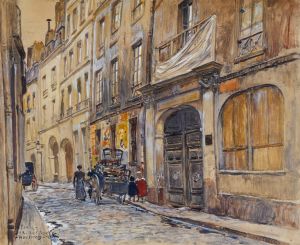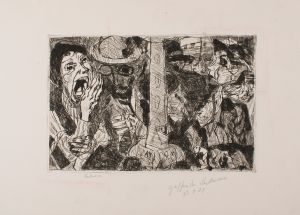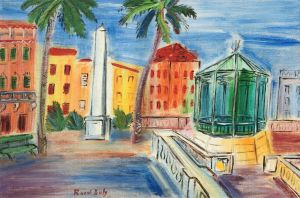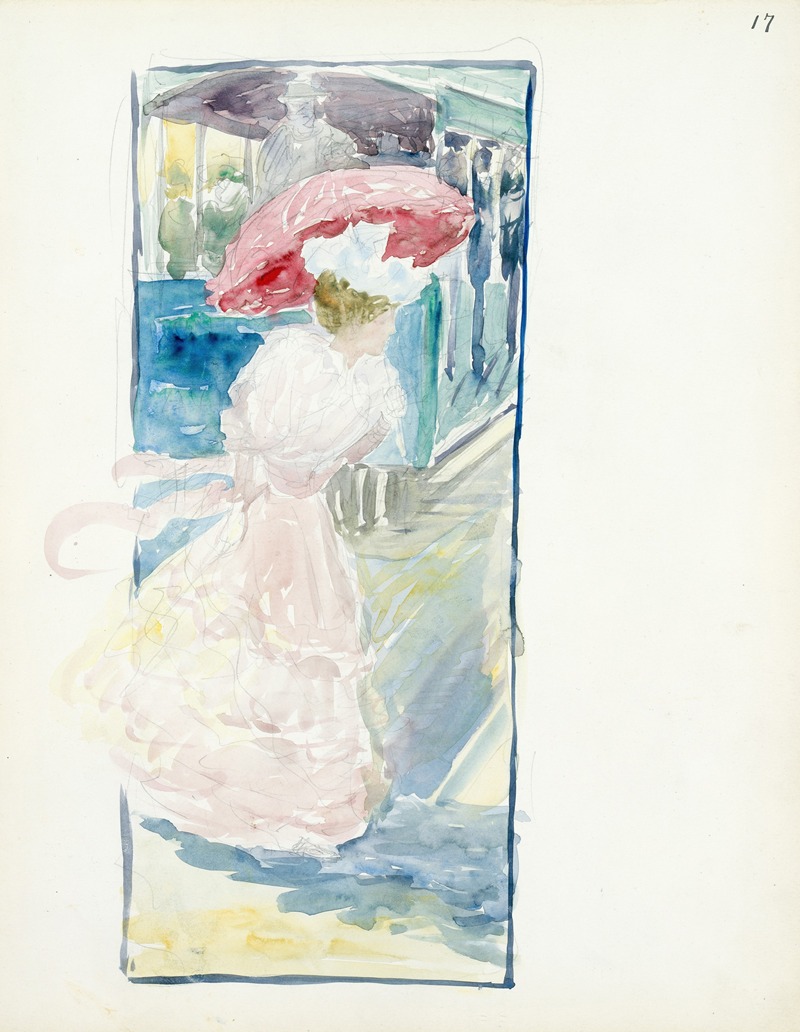
The Huntington Avenue Streetcar
A hand-painted replica of Maurice Prendergast’s masterpiece The Huntington Avenue Streetcar, meticulously crafted by professional artists to capture the true essence of the original. Each piece is created with museum-quality canvas and rare mineral pigments, carefully painted by experienced artists with delicate brushstrokes and rich, layered colors to perfectly recreate the texture of the original artwork. Unlike machine-printed reproductions, this hand-painted version brings the painting to life, infused with the artist’s emotions and skill in every stroke. Whether for personal collection or home decoration, it instantly elevates the artistic atmosphere of any space.
Maurice Prendergast's painting "The Huntington Avenue Streetcar" is a notable work by the American Post-Impressionist artist, known for his vibrant use of color and distinctive style that often depicted scenes of urban life and leisure. Prendergast, who was born in St. John's, Newfoundland, in 1858 and later moved to Boston, Massachusetts, became an influential figure in American art through his innovative approach to painting.
"The Huntington Avenue Streetcar" captures a moment in the bustling city life of Boston, reflecting Prendergast's interest in the dynamic interaction between people and their urban environment. This painting is characterized by its lively depiction of figures and the streetcar, a common mode of transportation during the late 19th and early 20th centuries. Prendergast's work often focused on the theme of modernity and the changes brought about by urbanization, and this painting is no exception.
Prendergast's style is marked by a unique blend of Impressionism and Post-Impressionism, drawing inspiration from both European art movements and his own experiences in America. He studied in Paris at the Académie Julian and was influenced by the works of artists such as Pierre Bonnard and Édouard Vuillard, which is evident in his use of bold colors and flattened forms. "The Huntington Avenue Streetcar" showcases these stylistic elements, with its vibrant palette and the rhythmic arrangement of figures and objects.
The painting is a testament to Prendergast's skill in capturing the essence of city life. His use of color and form creates a sense of movement and energy, inviting viewers to experience the hustle and bustle of Boston's streets. The streetcar itself serves as a focal point, symbolizing the progress and modernity of the era. Prendergast's attention to detail and his ability to convey the atmosphere of the scene make this work a significant contribution to American art.
Prendergast was a member of "The Eight," a group of American artists who challenged the conservative art establishment of the time. Although he was somewhat different in style from his fellow members, who were more focused on realism and social issues, Prendergast's work was appreciated for its decorative qualities and innovative approach. His paintings, including "The Huntington Avenue Streetcar," were part of the 1908 exhibition organized by "The Eight" at the Macbeth Galleries in New York, which was a pivotal moment in the history of American art.
Today, Maurice Prendergast is celebrated for his contributions to American Post-Impressionism and his ability to capture the vibrancy of urban life. "The Huntington Avenue Streetcar" remains an important example of his work, illustrating his mastery of color, composition, and his unique perspective on the world around him. The painting is held in various collections and continues to be studied and admired for its artistic and historical significance.





